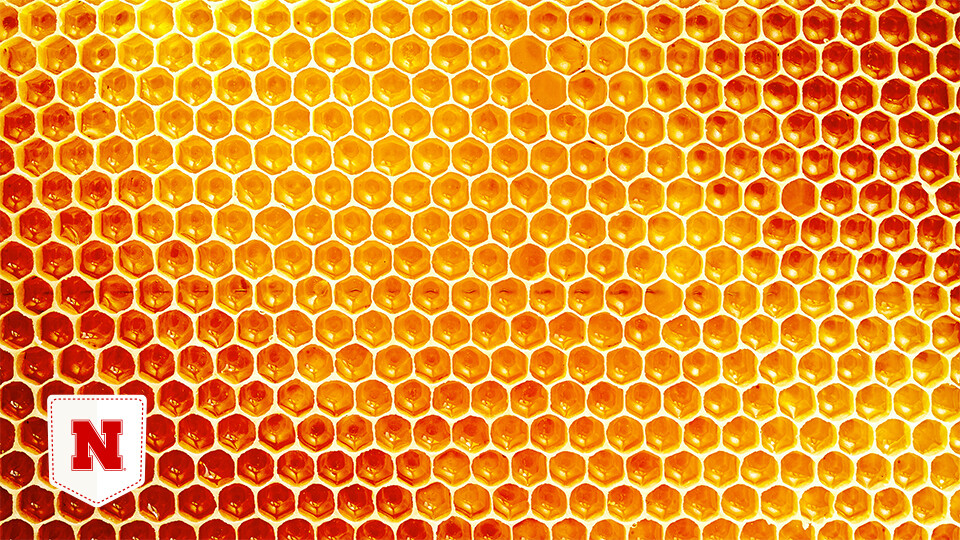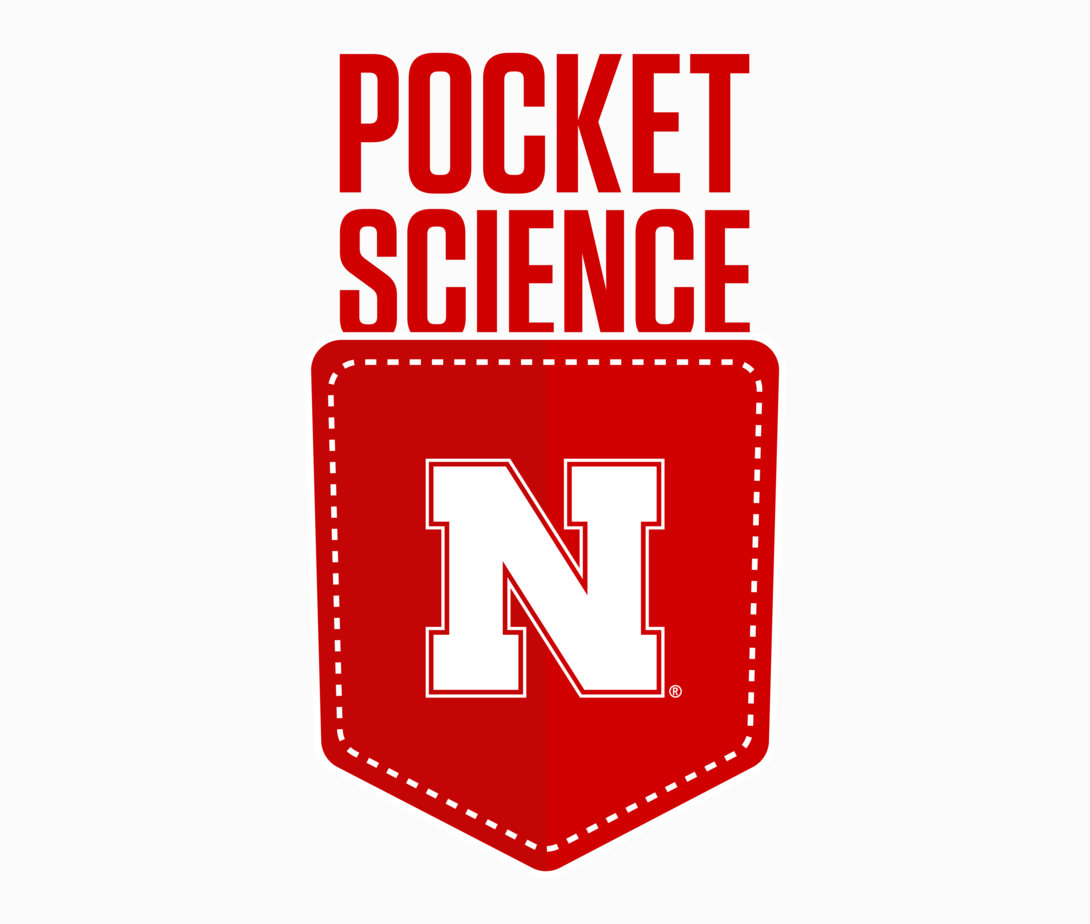
Welcome to Pocket Science: a glimpse at recent research from Husker scientists and engineers. For those who want to quickly learn the “What,” “So what” and “Now what” of Husker research.

What?
Sugars make up about 95% of honey, explaining how the substance became synonymous with sweetness and a food staple of bee colonies, which repeatedly digest and regurgitate flower nectar to produce it.
But people have also historically used honey as an ointment, hinting at anti-inflammatory properties that researchers are now investigating. Some of that research suggests honey can act on a protein called NLRP3, which triggers beneficial inflammation during immune responses but has also been implicated in diabetes, Alzheimer’s and other diseases.
So what?

The honey-housed vesicles contained 142 proteins from plants and 82 from honey bees, consistent with a nanoparticle produced by a flower, then consumed and regurgitated by the bees.
To test whether the vesicles themselves help combat inflammation, the team placed them alongside white blood cells that produce the inflammation-triggering NLRP3 protein, then kickstarted inflammatory processes. The vesicles substantially reduced the production and secretion of multiple inflammation-causing proteins, along with the inflammation-related death of certain cells. And when the team injected mice with the vesicles, it found that the nanoparticles partly alleviated both inflammation and drug-induced liver injury.
The researchers identified microribonucleic acids, or microRNAs, as the main anti-inflammatory cargo within the vesicles, even pinpointing a particular microRNA most responsible for the effects.
Now what?
Further studies would need to establish whether and how vesicles consumed via honey actually curb inflammation in people, the researchers said. Studying how they interact with bacteria in the human gut could be a worthwhile starting point.







